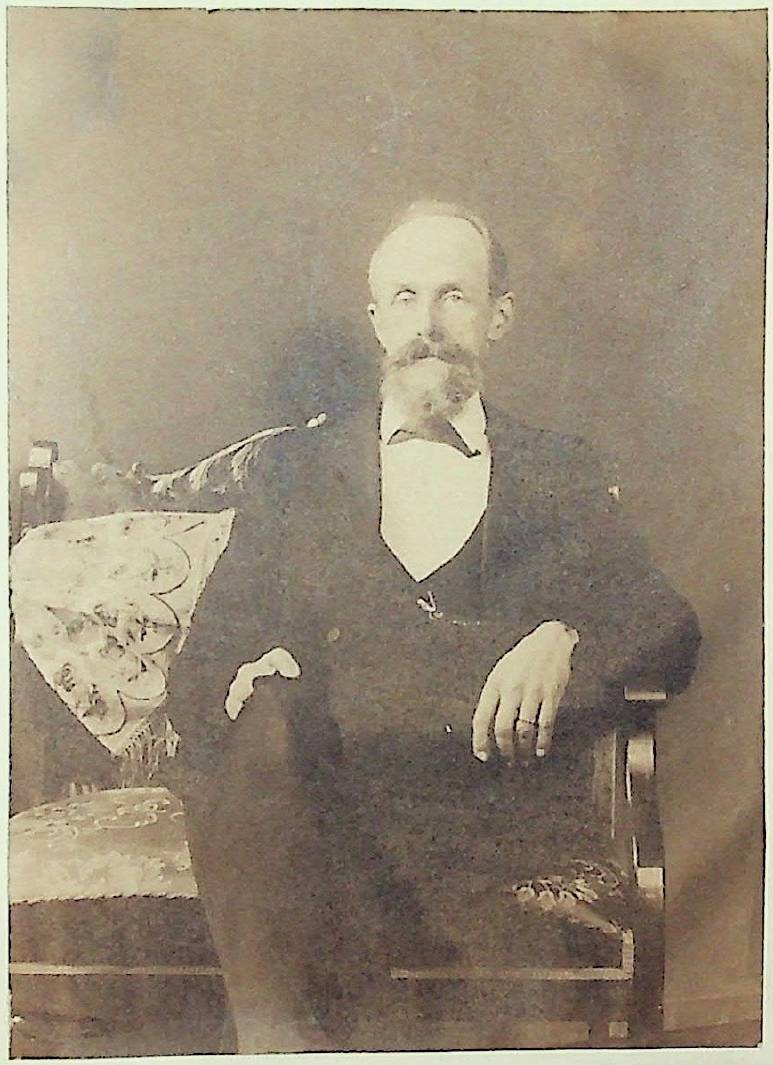When Nelson P. Hawks first arrived in the area that is now Delafield, there were no hotels, no mills, churches, or stores of any kind—only a few cabins and the pioneers that occupied them. This would greatly change in the twenty-three years that he lived in this area. Hawks had come to the area because he recognized the potential of Delafield’s location along stagecoach routes, which made for the perfect place to construct a stop to cater to travelers. Hawks Inn was fundamental to Delafield’s origins, as it brought business and industry that offered employment opportunities within the new settlement, and served as a place for the community to congregate and envision the future of the town.
Upon its opening in 1846, Hawks Inn was an immediate success. Not only did it become a thriving business, but it made Delafield a destination for travelers and pioneers. With constant travel along the stagecoach line between the quickly growing city of Milwaukee and the new State Capital at Madison, the inn helped Delafield become a well-known overnight stay. This prime location helped spark the town’s beginnings, as the inn brought industry rather than homesteading to the region.
Separate from homesteaders whose existence was mainly self-sustaining, Hawks Inn functioned as a building that contributed to the greater community, offering jobs and functioning as an economic center to the new forming village. With the success of Hawks Inn, Nelson Hawks also constructed and ran a store, sawmill, and flour mill which all contributed to the growing city, giving Delafield a wider range of services and commerce. Beyond this, Hawks Inn operated as a post office with Nelson Hawks serving as the postmaster. This assisted in attaching Delafield to the larger outside world, helping to legitimize the town, as settlers were able to have access to national communication, relaying Delafield as being a conclusive settlement where one could send and receive mail. These new businesses and industries helped Delafield attract more families, which in turn necessitated the construction of public facilities like churches and schools in the 1850s. Hawks Inn presence played a large part in the impetus of Delafield’s beginning as a city, providing a notable example of a settlement on the Wisconsin frontier starting from stagecoach Inns along stagecoach lines.
Apart from being an integral economic building, Hawk’s Inn’s contribution to the beginning of Delafield can also be seen in the way the building functioned as a community center and served as a social and political center for the town’s earliest residents. In 1848, Nelson Hawks added a dance hall to Hawks Inn which provided musical entertainment and dancing to both travelers and locals. This gave local people a common area to come together, enjoy events, and a place where people could discuss ideas from politics to everyday life. These discussions led to Nelson Hawks building the first town hall for Delafield in 1850. While more serious political discussions would have taken place at the newly erected town hall, Hawks Inn’s continued to give settlers a place to socialize. In 1875, Hawks Inn officially became the Town Hall of Delafield which it operated as for more than the next 50 years, furthering its legacy as a building of civic engagement and politics.
Hawks Inn portrays Delafield’s beginning identity as a place of small community and town that capitalized on the dominant transportation of the time, utilizing its location and providing refuge for those along their journeys. In addition to providing economic benefits to Delafield’s first settlers, Hawks Inn was also paramount in allowing Delafield’s original members the opportunity to assemble as a community, socializing and discussing the future of the city. Since Delafield’s earliest days in the 1840s, the city has continued to be a pragmatic stop for those traveling between Milwaukee and Madison along Highway 94, following nearly the same route that the Inn was built upon. The preservation of Hawks Inn also continues the Inn’s legacy of being a place for the community to come together as it was through local efforts that the building was preserved. Today, Hawks Inn is part of the Delafield Historical Society’s campus, standing just down the road from its original location, and continuing to operate as a place where Delafieldians can gather, socialize, and discuss current topics that affect the area.
Written by Ben Wellenstein, September 2024.
Sources
Jim Babcock, “Some Thoughts on the Changes at Hawks Inn,” Delafield and Hawks Inn History Book, 2. Delafield: Delafield Historical Society.
Harry Ellsworth Cole, Stagecoach and Tavern Tales of the Old Northwest. Louise Phelps Kellogg, ed. Cleveland: Arthur H. Clark Co., 1930.
“Greek Revival,” Architectural Styles of America and Europe. Accessed March 2024. https://architecturestyles.org/greek-revival/
Nelson C. Hawks, Nelson C. Hawks Remembrances: Lens and Pen, Pictures of Home. 1896. https://hawksinn.org/nelson-c-hawks-remembrances/
“Hawks Inn,” SAH Archipedia. https://sah-archipedia.org/buildings/WI-01-WK18
“The Hawks Inn of Delafield,” Delafield and Hawks Inn History Book, 1. Delafield: Delafield Historical Society.
“History of Hawks Inn,” Hawks Inn and Delafield History Center. Accessed 22 September 2023. https://hawksinn.org/about-hawks-inn/history-of-hawks-inn/
Ethel Jacobson, “The Story of Hawks Inn,” Delafield and Hawks Inn History Book, 1. Delafield: Delafield Historical Society.
National Register of Historic Places Nomination, “Hawks Inn,” Delafield, Waukesha County, Wisconsin. National Register #72000068. https://npgallery.nps.gov/AssetDetail/NRIS/72000068
William I. Tchakirides, “Nelson P. Hawks,” Encyclopedia of Milwaukee. https://emke.uwm.edu/entry/nelson-p-hawks/
“Timeline,” Delafield and Hawks Inn History Book, 1. Delafield: Delafield Historical Society.






